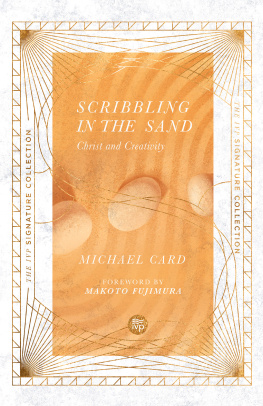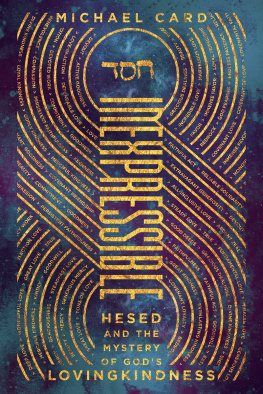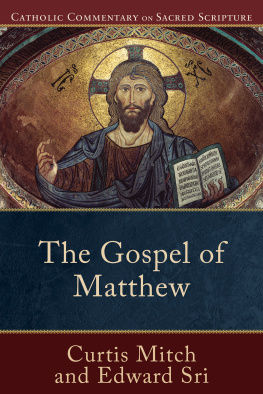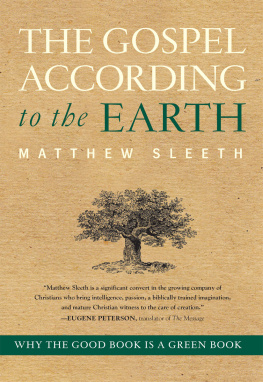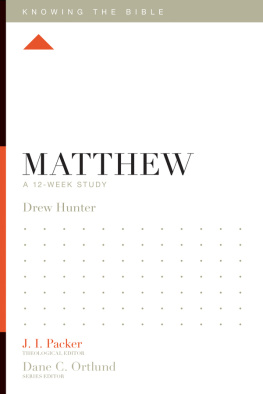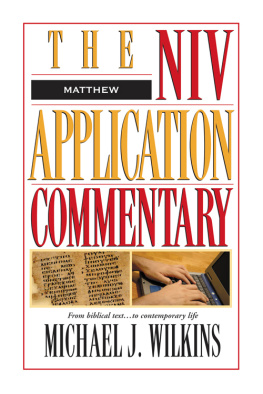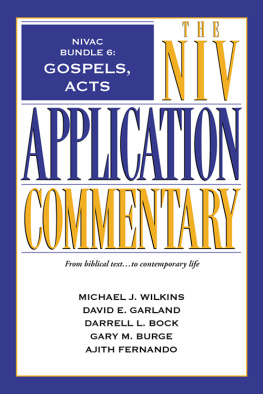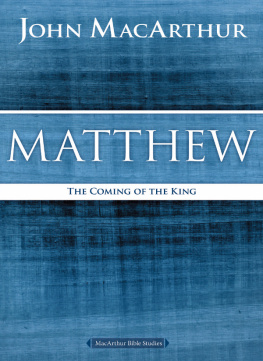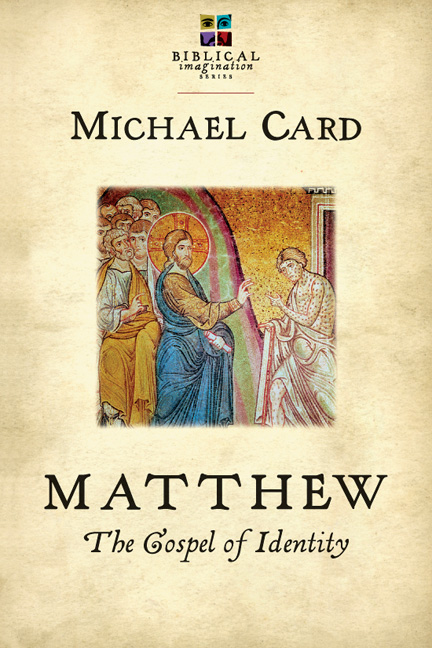T his is the third volume in the Biblical Imagination Series. The first two examined the Gospels of Luke and Mark. Our approach is to engage the text at the level of the informed imagination. This method takes seriously the impact of the fall on every dimension of human experience, including the fragmented and fallen way we listen to the Bible.
On one side are those who study Scripture with their minds. They engage intellectually, puzzling over the text as if it were only a cipher to be solved. They tend to gravitate toward theology. They revel in being right. On the other side are those who engage the Bible predominately with the heart. They lean toward the emotional, even mystical understanding of the Scripture. Rather than theological, I would describe them as devotional in their approach. Neither approach is wrong, but both are incomplete. God has given us hearts with which to feel and minds for reasoning. He longs to recapture them both with the truth of the Word.
Listen , Israel: The LORD our God, the LORD is One. Love the LORD your God with all your heart, with all your soul, and with all your strength. When the Shema (Deut 6:4-5) calls us to hear or listen, it goes on to say that we are to love the Lord our God with all that we areall our heart, soul and strength.
Listen , Israel: the LORD our God, the Lord is One. Love the LORD your God. Listening and lovingthese two imperatives demand that we learn to engage the Scriptures with all we can muster, for to listen to God is at the same moment to love him.
How do we reconnect this rift between the heart and mind that was caused by the fall? As I understand it, only the imagination can bridge the gap. This is why the Bible reaches out primarily to our imaginations, for by doing so, the heart and mind become reengaged. We hear the poetry of the Psalms or the music of the Prophets, we listen to the parables of Jesus. As we do, the recaptured imagination engages both heart and mind. Our listening becomes an expression of love. We are made whole and the Living Word comes to life in us.
Imagine the possibilities if we could bring more of ourselves to the task of listening to the Bible. How many new connections might be made, and how many new insights might come to the surface, all as a result of loving God by listening to him with all that we areall our hearts and all our minds.
Thanks
E ven though there may be one person pushing the pen on a project like this, it is nonetheless the product of a community of friends, too many to count.
I would like to thank Aaron Gale for his book Redefining the Ancient Borders and J. Andrew Overman for his Matthews Gospel and Formative Judaism . Both of these works provided key backgrounds for the approach to Matthew as a scribal work that was initially focused on the synagogue community of Galilee. I also owe much to Stanley Hauerwass commentary on Matthew for the power of his images and the beauty of his language.
When I first proposed that Matthew is the Gospel of identity, I shared the idea with three brothers who gave me deep encouragement to follow that line of thought: my new friends Michael Wilkins and Craig Keener, and George Guthrie, a very old and good friend and brother. They are all top-notch servants and scholars.
The Wednesday night Bible study at Christ Community helped test many of these ideas. Thank you all for your faithfulness, week after week.
In the final week of writing, Mark and Stephen at Sandy Cove Retreat Center provided me a place and some space to finish the rough draft. Thanks, brothers.
Without the encouragement and support of InterVarsity Press, you would not be holding this book in your hands. Thanks to the entire team, especially Bob Fryling, Jeff Crosby and Al Hsu. Cindy Kiple has provided the rich designs for the covers.
The team at Harvest Productions in Kansas City makes all of this possible, including concerts and Biblical Imagination Conferences. Thanks, Ron Davis, Holly Benyousky, Susan Surman, Whitney Smith and Shelby Turner.
Thanks especially to my best friend, Scott Roley, for listening to my endless wanderings on the various ideas in this book and for giving me the space to talk through even the stupid ideas.
Finally, blessings to my family, to my wife, Susan, and to our kids, Kate, Will, Maggie and Nate, for putting up with so much time away, not just for the writing of books, but for all of it, for so many years.
Please receive this book from all of us as a gift to the church.
Introduction
Learning to Listen
to Matthew
T he voice we hear in Matthew, perhaps his own, perhaps not, has been for me the least distinct of all the Gospel writers. Mark, clearly speaking for Peter, reflects Peters intensity, his simplicity of focus, his absence of agenda. It is a disciples voice that has embraced the personality of his discipler. Lukes voice is different, but no less distinct. It is an articulate, educated voice, which is just what we would expect from a well-educated slave/doctor. Johns voice is an elderly voice, as we will see in a later book in this series. His sophisticated themes are what we would expect to hear sitting at the feet of the last living disciple of Jesus, one who has been preaching and teaching about Jesus for decades.
But Matthews voice is different. His does not appear to be the voice of a tax collector, a reformed traitor to his people. We might expect a preoccupation with tax collectors, but we have only one unique story involving tax collection (Mt 17:24-27), and it concerns a completely different sort of tax than Matthew collected. Only occasionally Jesus will mention in an aside, even the tax collectors and sinners.
We would also expect a focus on traitors to Judaism, as Matthew had betrayed his own people, but such is not the case. In fact, we find the opposite voicea concern for the Old Testament and its fulfillment, for Judaism redeemed and reborn, and the triumph of the new reality over the old orthodoxy. It has been described as the voice of a Christian scribe, and we will see that Matthew is a scribal work that represents more than one voice.
The facts we know about Matthew himself are few; most of them come from Matthew 9. His name was Levi. Matthew may very well be a nickname Jesus had given him. It means gift of God. There is a good chance that James (not the brother of John) was the brother of Matthew, since they are both described as sons of Alpheus (Mk 2:14; 3:18; Lk 6:15). This would mean that half of the twelve disciples were composed of three pairs of brothers.
That Matthew was a tax collector speaks the most about him as a person. Without question, he would have been banned from the synagogue and looked upon as a traitor by his own people (Lk 18:9-14). Even though this experience might have provided a bridge to his first readers, we will see that the writer of Matthew makes no mention of it. His tax office, in Capernaum, would have been a choice location, because it was on a major road from Damascus and close to the Via Maris, one of the oldest trade routes in the ancient world. As a tax collector, he would have been an efficient record keeper, familiar with keeping track of family genealogies. He would have worked under the authority of Herod Antipas, collecting taxes for Rome.
It does not compute that his Gospel, the most Jewish of the four Gospels, should have been written by the least Jewish of all Jesus disciples. Yet dependable tradition attributes the Gospel to Matthew or at least establishes a vital connection to him.


